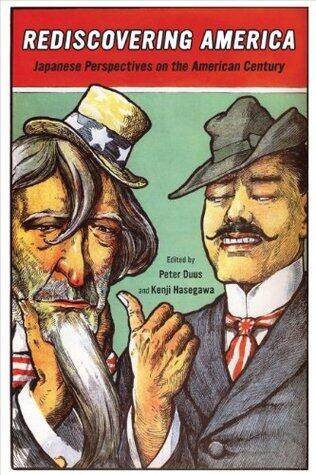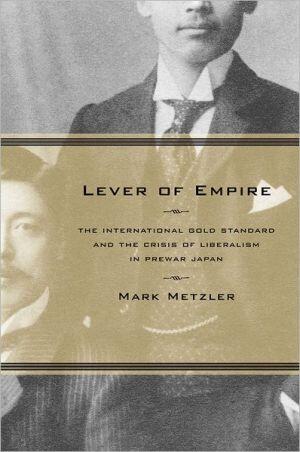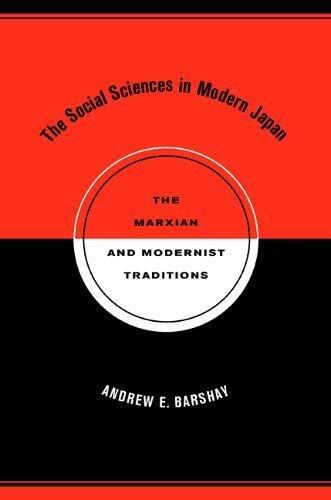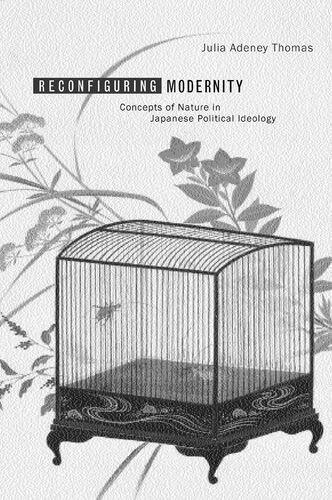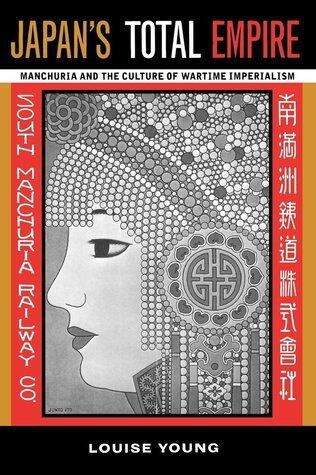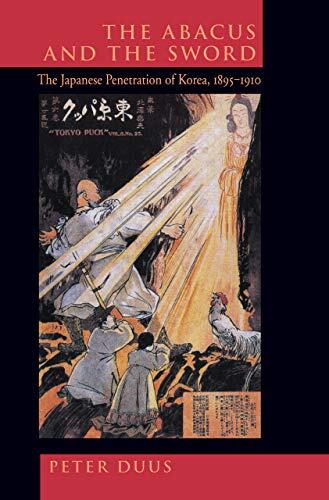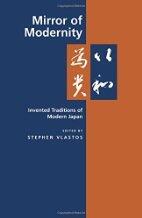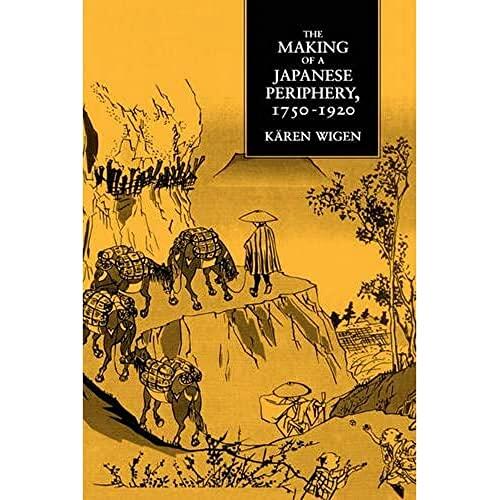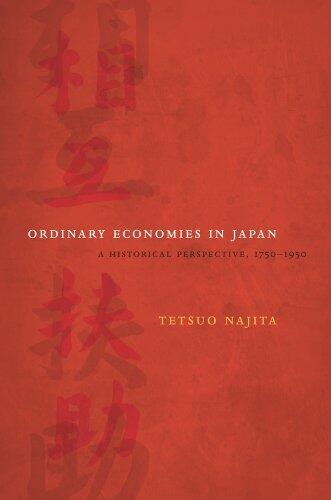
Ordinary Economies in Japan: A Historical Perspective, 1750-1950
작성자
Tetsuo Najita
아직 평점이 없습니다
Romance
Thriller & Suspense
Action & Adventure
+2
more
형식
하드커버
페이지
298
언어
영어
출판됨
Sep 16, 2009
출판사
University of California Press
설명
Japan, spanning from the mid-18th century to the mid-20th century. He delves into the interactions between everyday economic behaviors and broader societal changes, drawing connections between individual livelihoods and the evolution of economic systems during significant historical periods.
Najita's examination reveals how ordinary citizens navigated the complexities of an ever-changing economy, providing insights into local practices, challenges faced, and adaptive strategies employed. He intricately weaves personal anecdotes and historical narratives, illuminating the resilience and ingenuity of the Japanese populace in response to both prosperity and adversity.
By focusing on the lesser-known aspects of Japan's economic history, he sheds light on the often-overlooked contributions of common people to national progress. The blend of rigorous historical analysis with rich storytelling makes this work a compelling read for those interested in the social undercurrents that shaped Japan’s economic landscape.
Ultimately, his work serves as a reminder of the critical role that everyday economies play in the tapestry of history, inviting readers to rethink traditional economic narratives.
Najita's examination reveals how ordinary citizens navigated the complexities of an ever-changing economy, providing insights into local practices, challenges faced, and adaptive strategies employed. He intricately weaves personal anecdotes and historical narratives, illuminating the resilience and ingenuity of the Japanese populace in response to both prosperity and adversity.
By focusing on the lesser-known aspects of Japan's economic history, he sheds light on the often-overlooked contributions of common people to national progress. The blend of rigorous historical analysis with rich storytelling makes this work a compelling read for those interested in the social undercurrents that shaped Japan’s economic landscape.
Ultimately, his work serves as a reminder of the critical role that everyday economies play in the tapestry of history, inviting readers to rethink traditional economic narratives.

